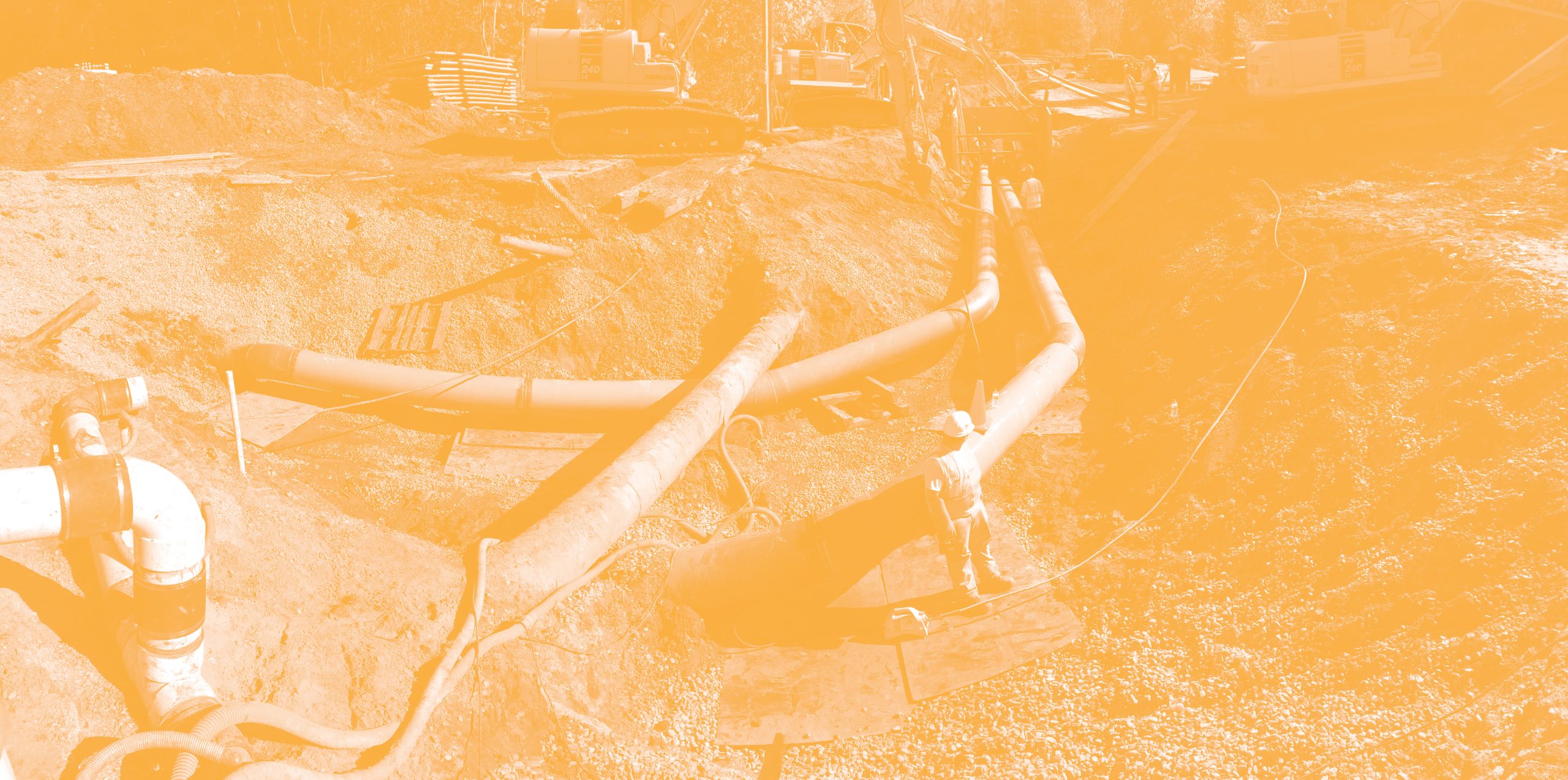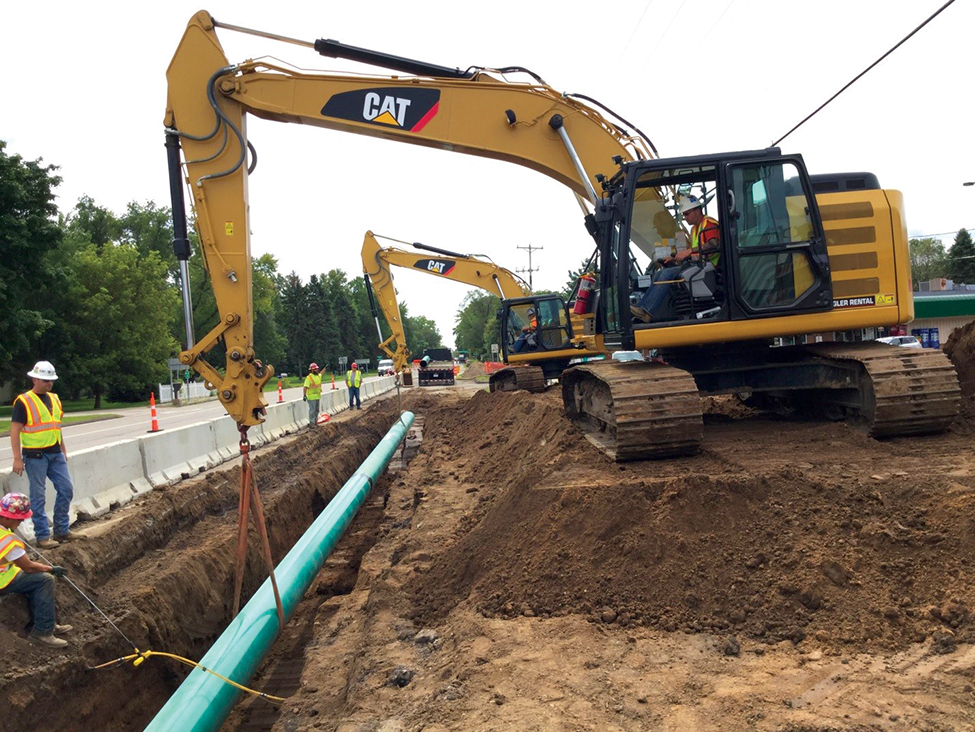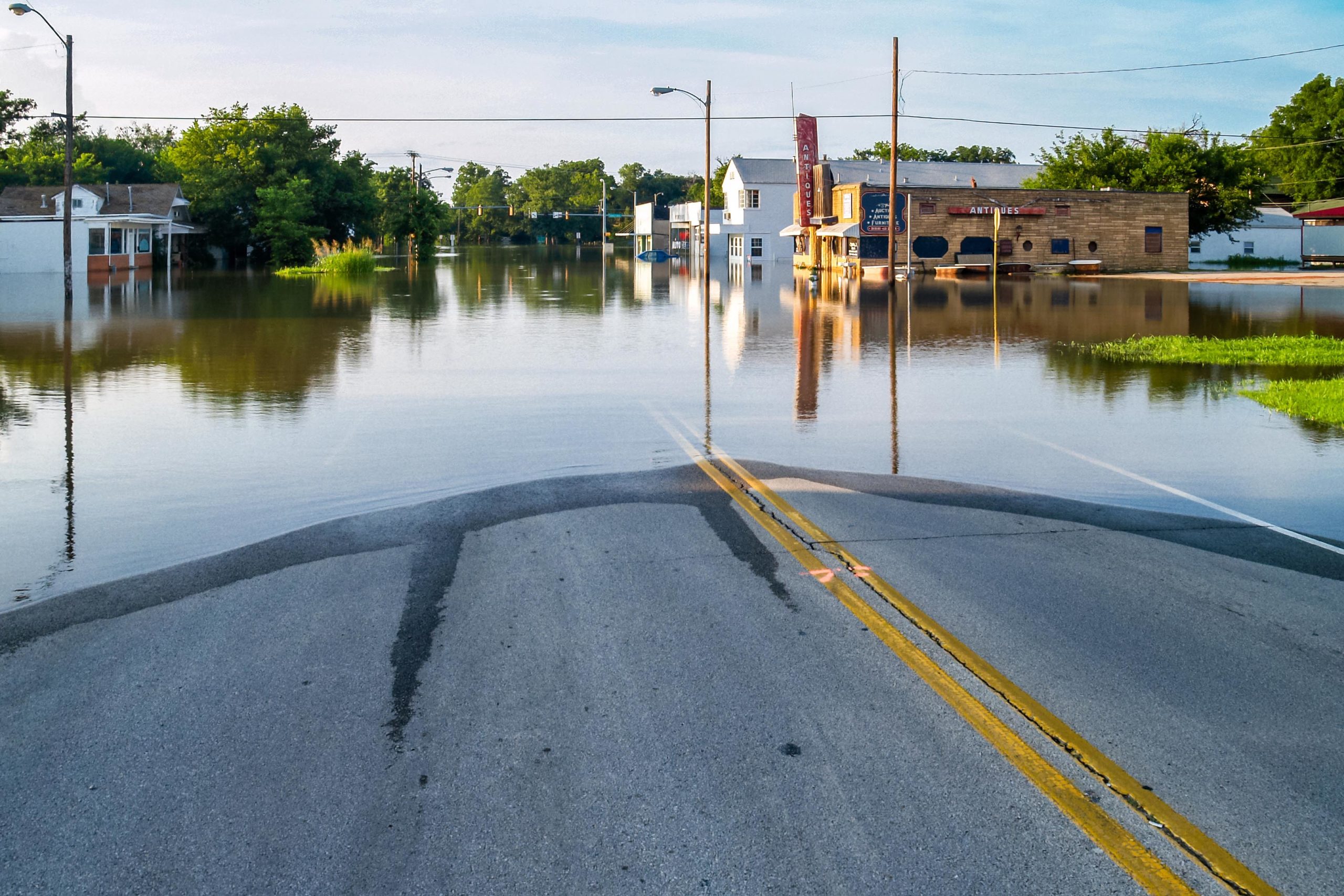January 16, 2023
Hurricanes, flash floods, landslides, or any other form of severe weather can affect the environment by causing things like cracks and leaks in existing pipeline infrastructure. These issues can impact owners, managers, and workers of midstream transmission pipelines if they aren’t proactive in dealing with issues that may arise.
As part of the Pipeline and Hazardous Materials Safety Administration’s (PHSMA) final rule Repair Criteria, Integrity Management Improvements, Cathodic Protection, Management of Change, and Other Related Amendments (RIN2), PHMSA amended section 192.613 Continuing Surveillance to align with requirements previously added to the liquids rule. The new language seeks to decrease environmental issues by incentivizing proactive planning to protect and fix infrastructure in a timely manner after weather disasters.
WSB has a team of experts in geohazard risk assessment who can help companies navigate the murky waters of regulation and policy surrounding RIN2.
Policy Change
Extreme weather has been a contributing factor to several pipeline failures. PHMSA has issued Advisory Bulletins in 2015, 2016, 2019, and 2022 to communicate the potential that severe weather has to negatively impact pipeline integrity. PHSMA has amended 192.613 to require pipeline operators to inspect their potentially damaged infrastructure within 72 hours of a severe weather occurrence. If an issue is found during inspection, the operator is required to take the steps necessary to address the problem area.
PHMSA has defined extreme weather or natural disaster as any event that has the likelihood of damaging pipeline facilities. This includes soil movement around the pipelines, landslides, floods, earthquakes, and named hurricanes and tropical storms. Because storms of differing magnitudes will cause different outcomes in every landscape (e.g., even a small precipitation event may cause a landslide if the slope is unstable), this introduces a fair degree of uncertainty for operators. This regulatory and operational uncertainty can be difficult for companies to navigate, which is why a proactive approach to extreme weather management is important.
The rule goes into effect on May 24, 2023. After petitions by several industry agencies (AGA, API, and INGAA), PHMSA has decided to refrain from taking enforcement action on the severe weather inspections and other requirements from the effective date until February 24, 2024, for pipelines installed or repaired prior to August 24, 2022. We do recommend that operators take advantage of this extension now, PHMSA has the right to revoke this discretion at any time.
Geohazard Risk Assessment and Severe Weather Monitoring
We recommend companies proactively incorporate severe weather planning into their current geohazard risk assessment plan. It is vital that operators know their system, have identified where potential issues could occur, and have a plan in place to act within 72 hours of a hazardous event.
Having a scientific rationale and process in place within your geohazard risk assessment plan will go a long way when severe weather events happen.
What WSB Can Do
This rule is important to protect the environment, people, and property within the natural gas industry. The best approach to ambiguity and unknowns surrounding this policy change is being proactive. While there are no easy or one-size-fits all answers, there are geohazard risk assessment experts at WSB that are available to provide geohazard management assistance for operators.
WSB can also provide coaching and planning when it comes to combining a company’s geohazard program with a severe weather monitoring system.












